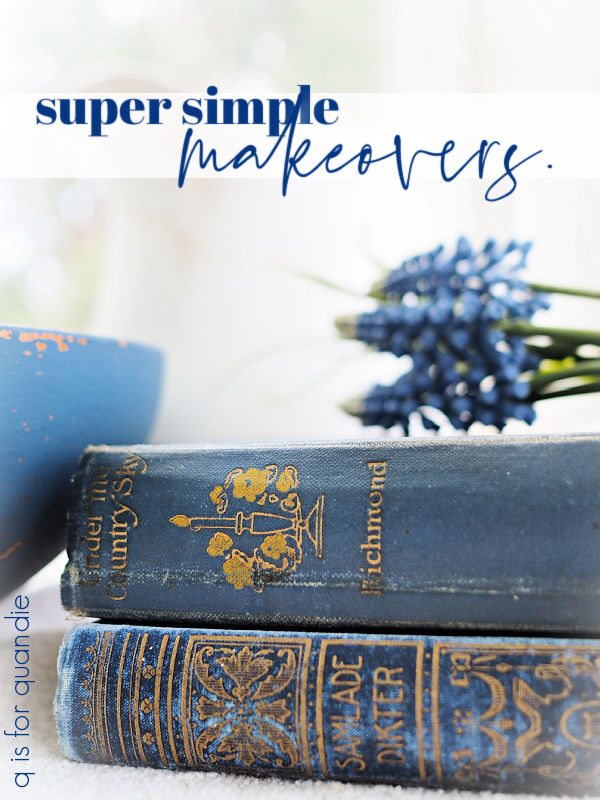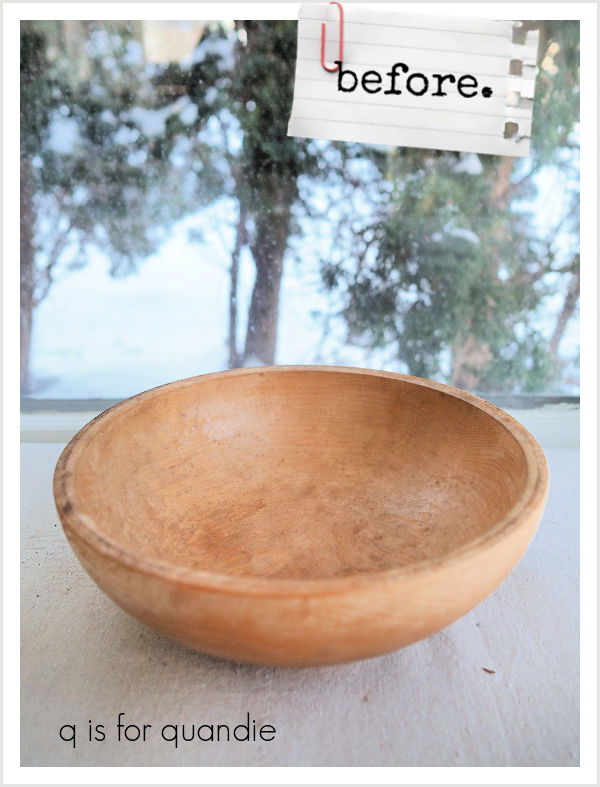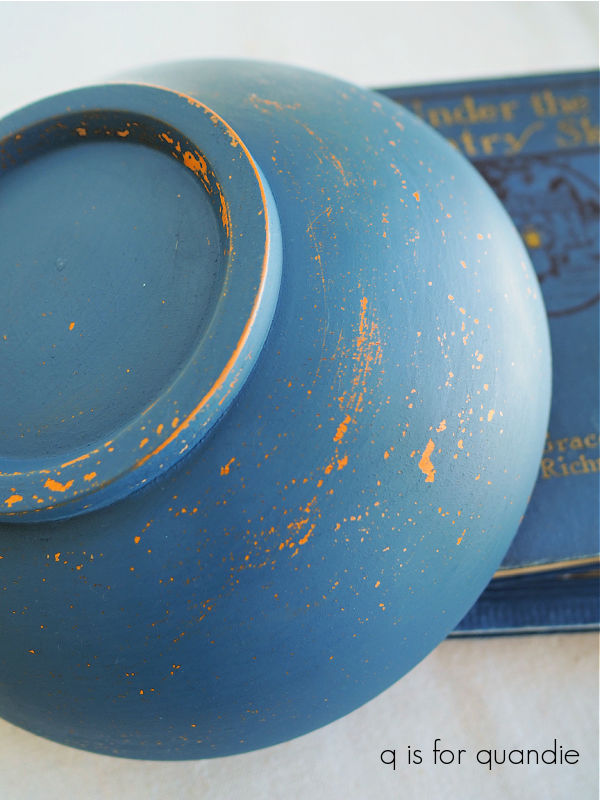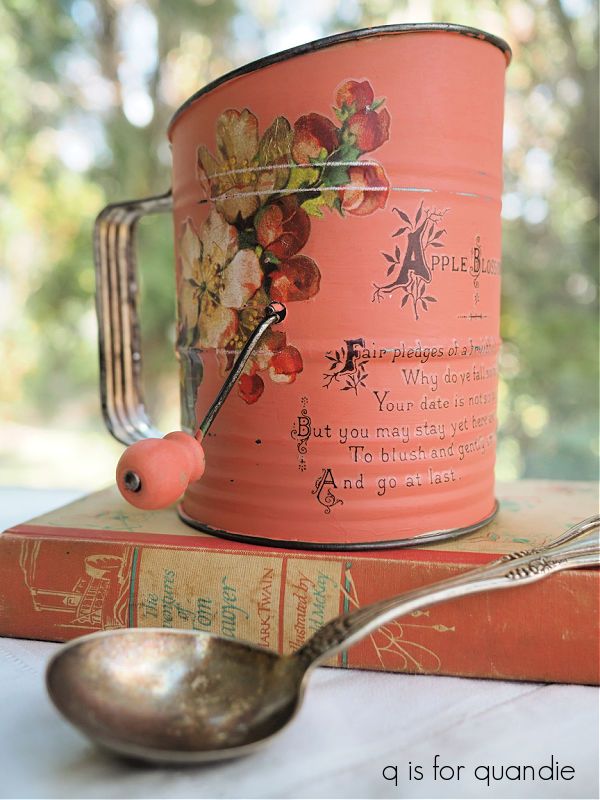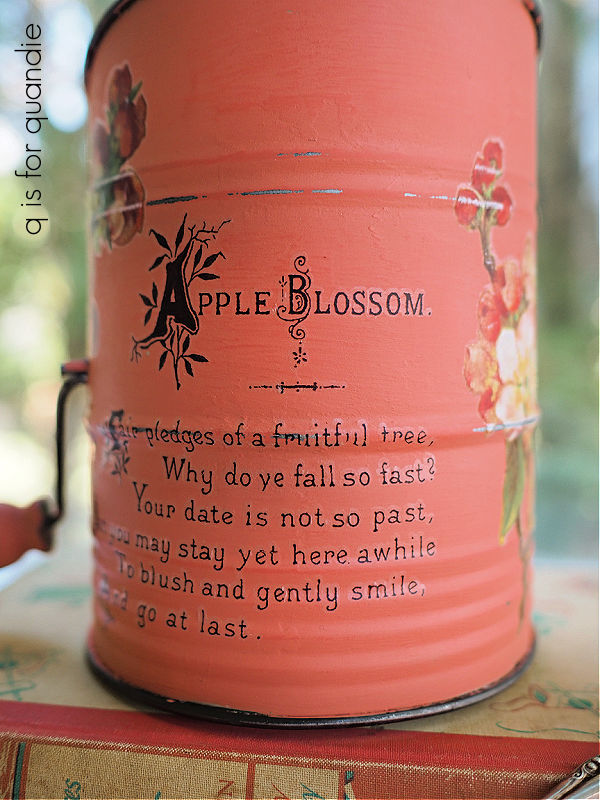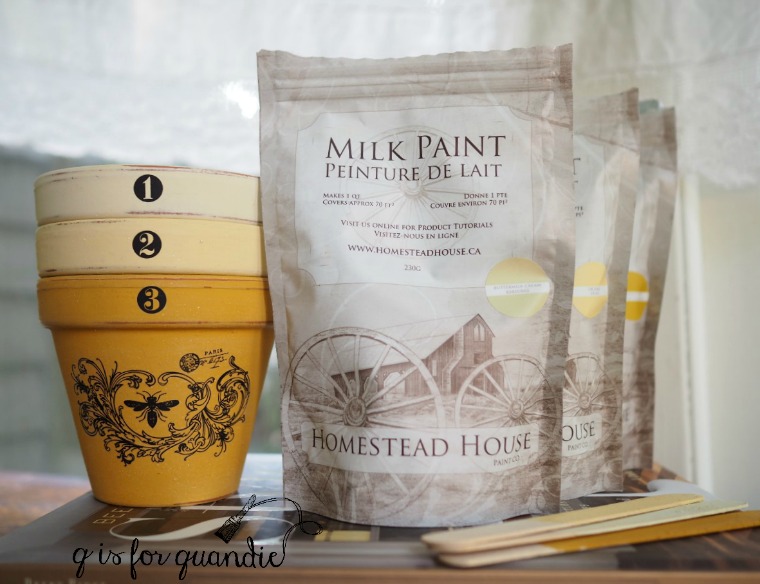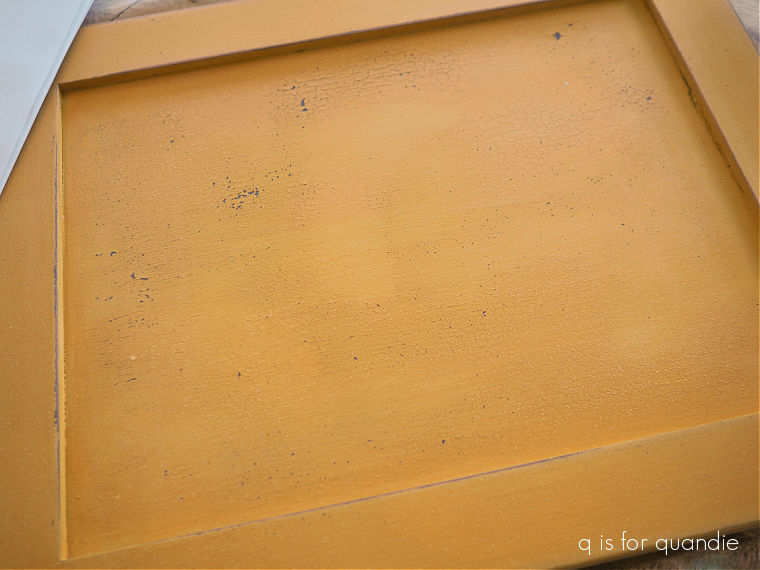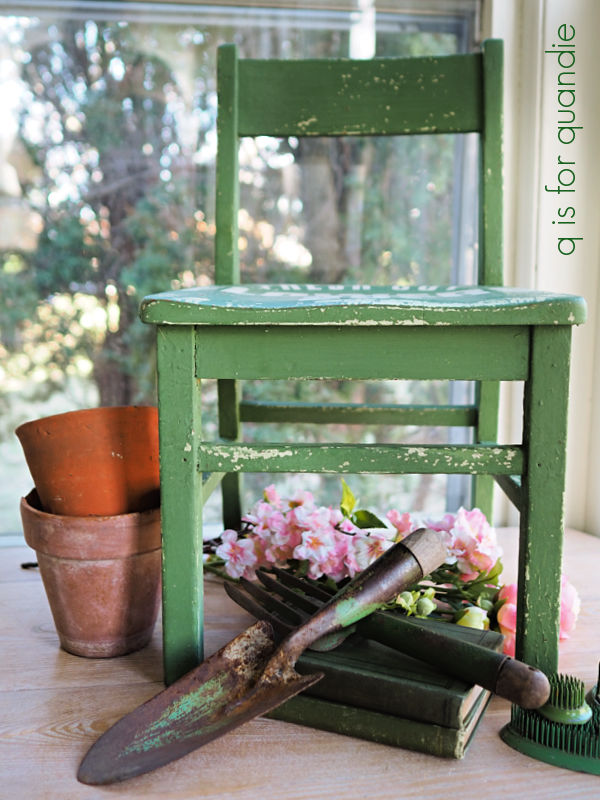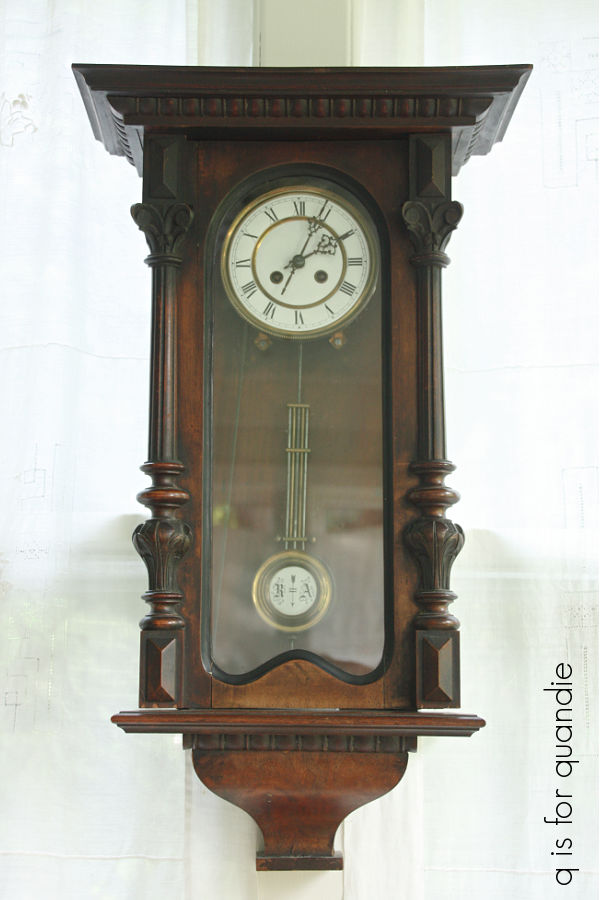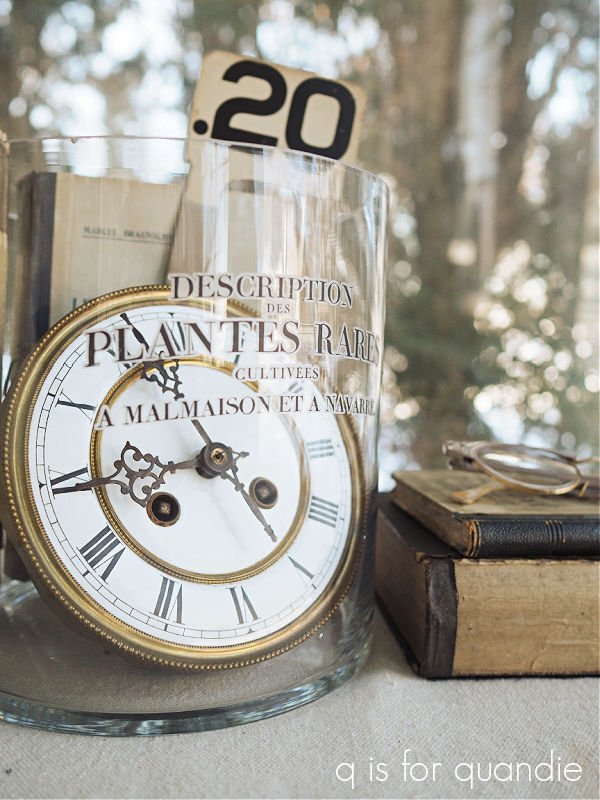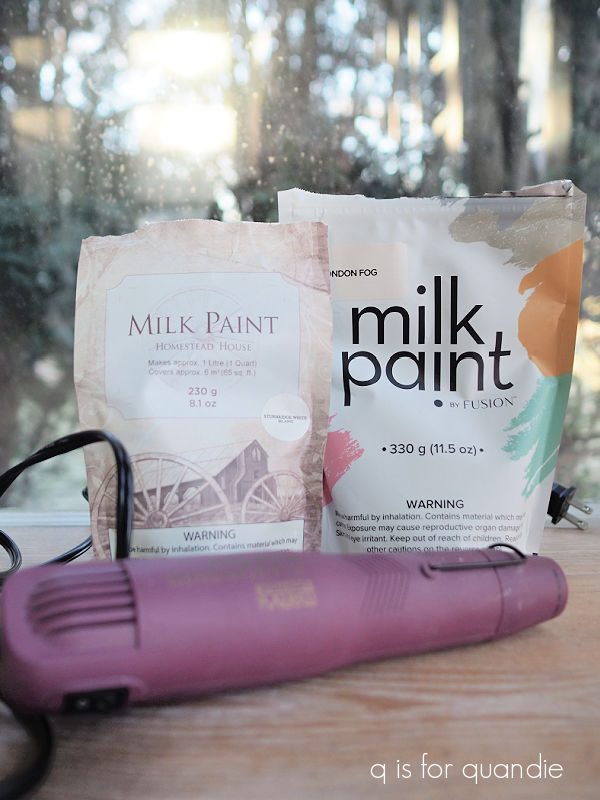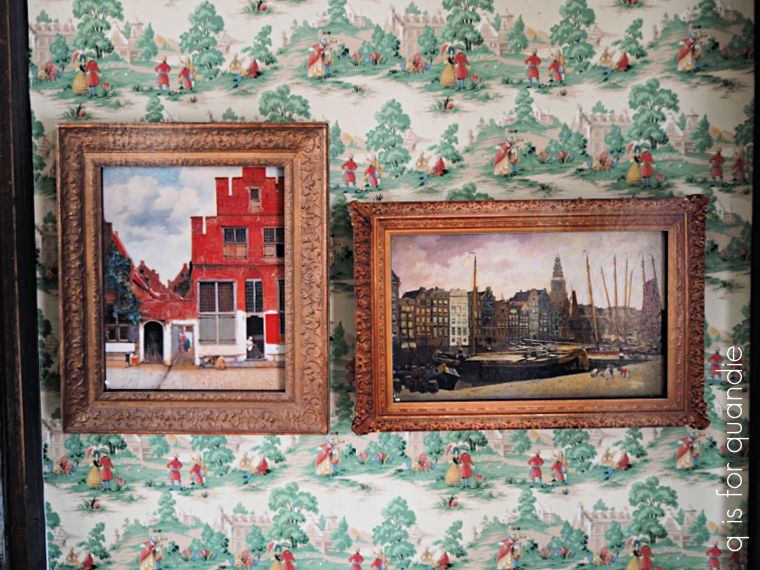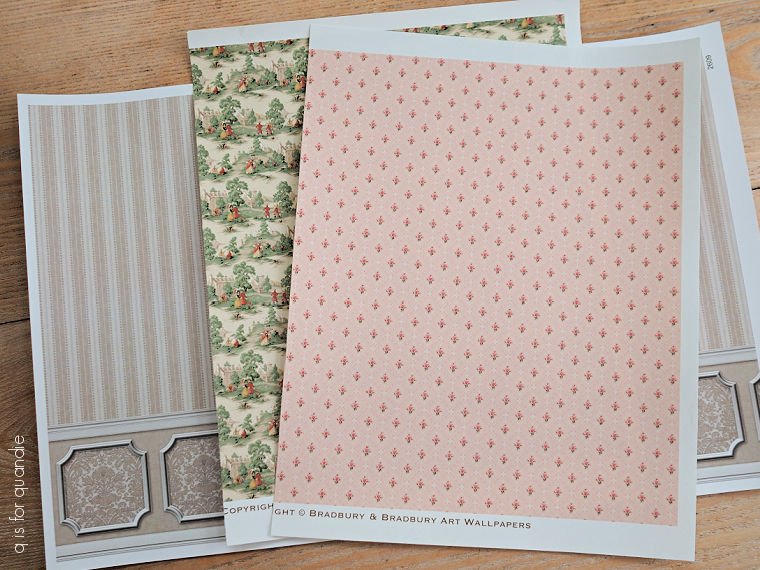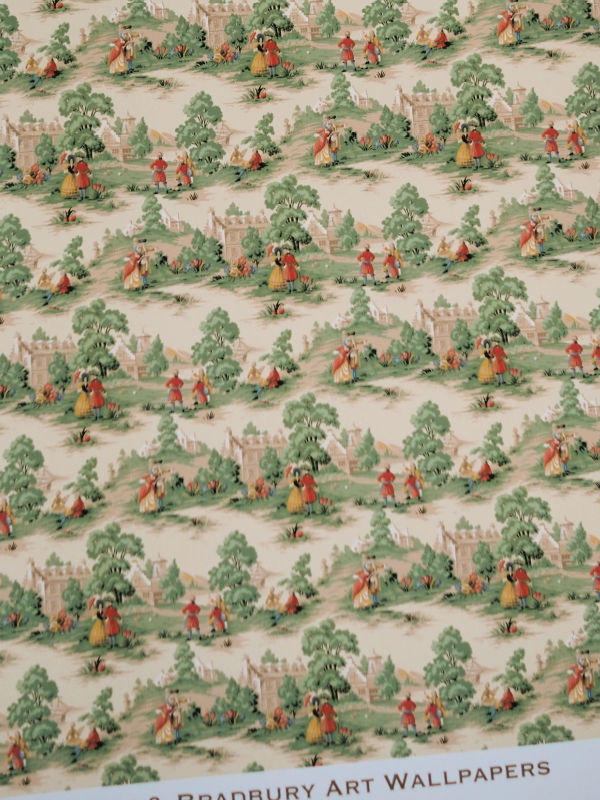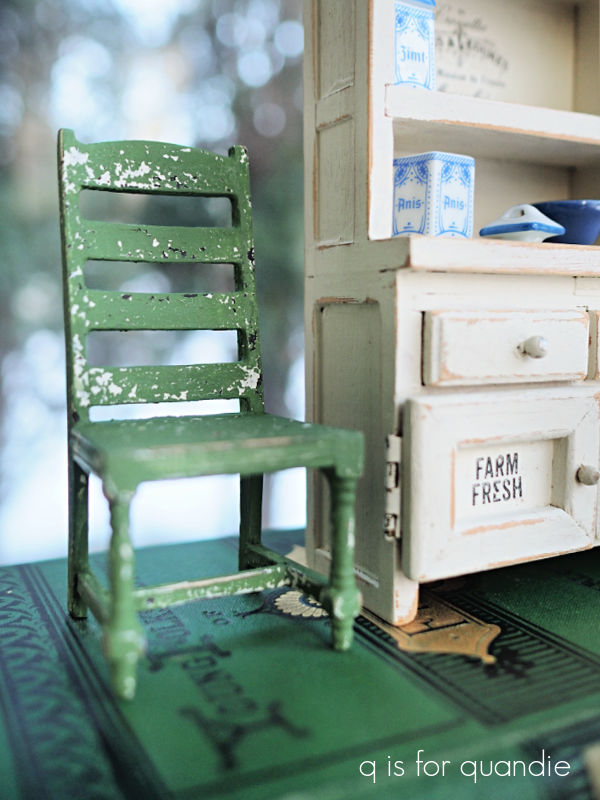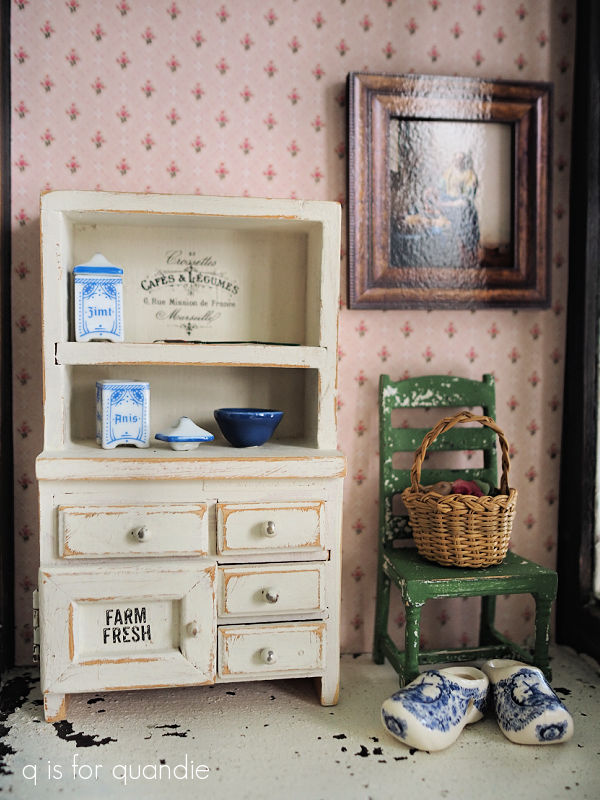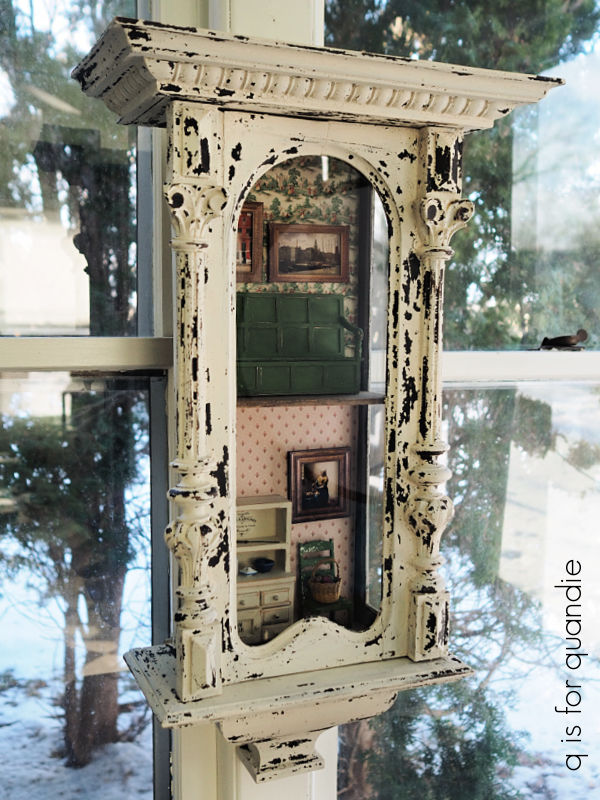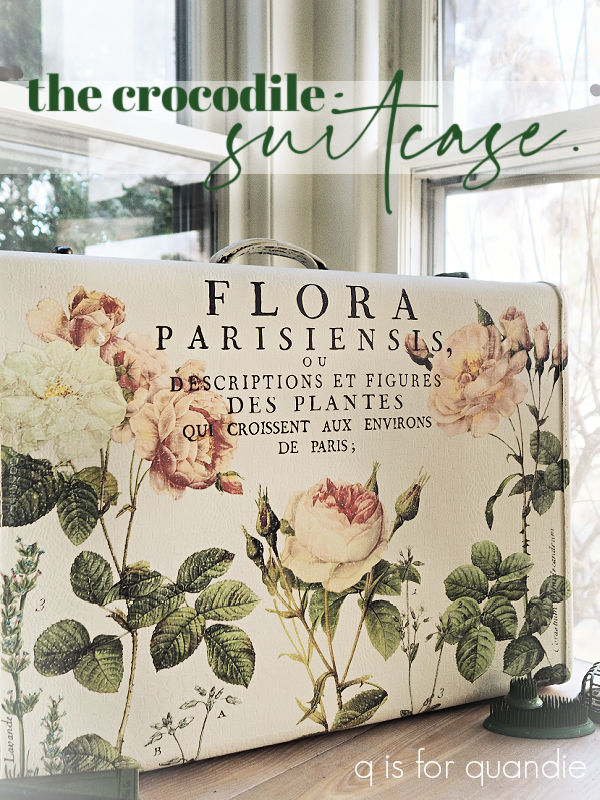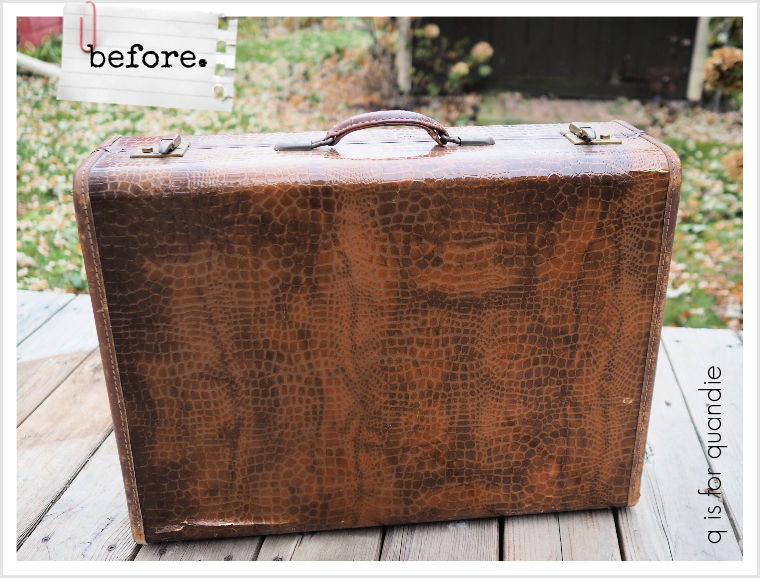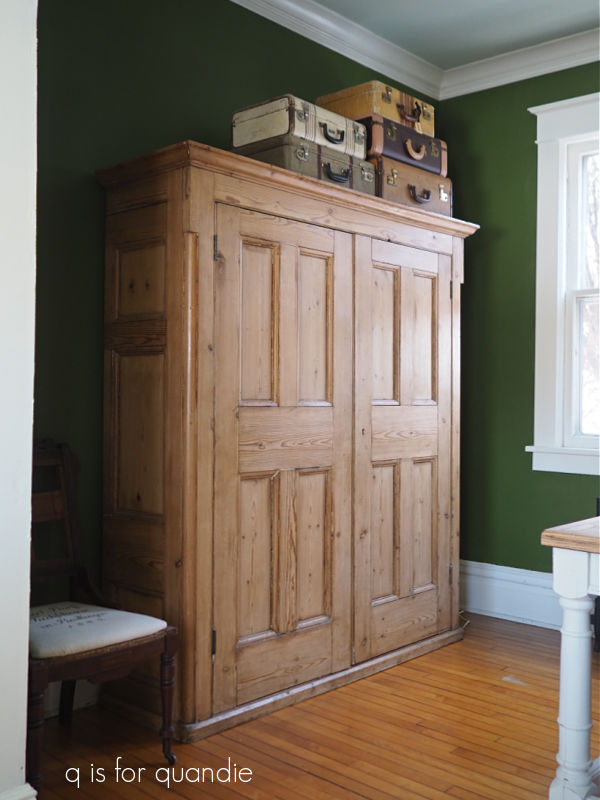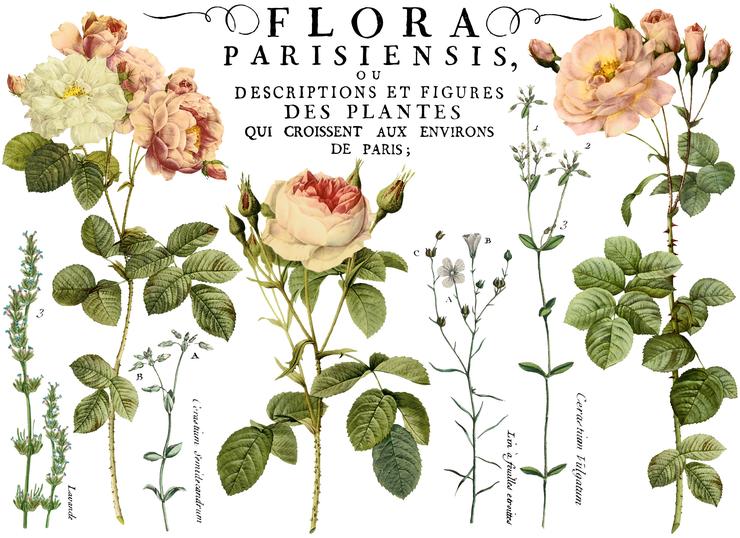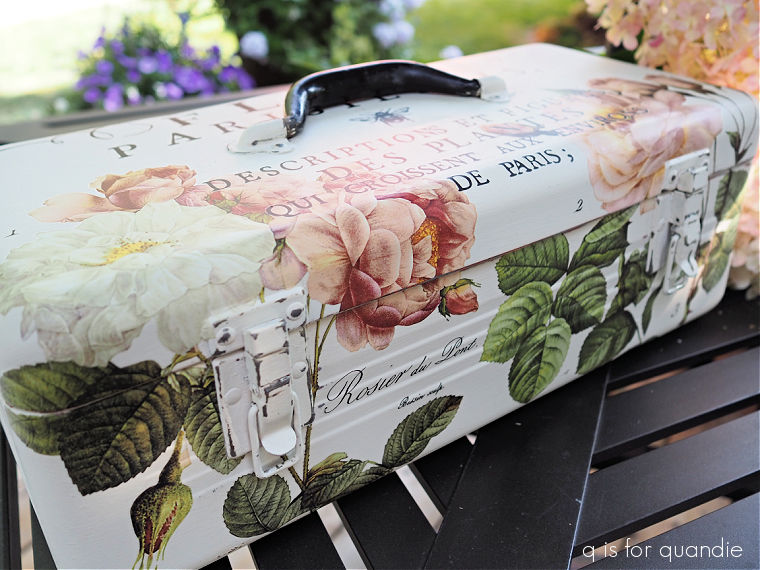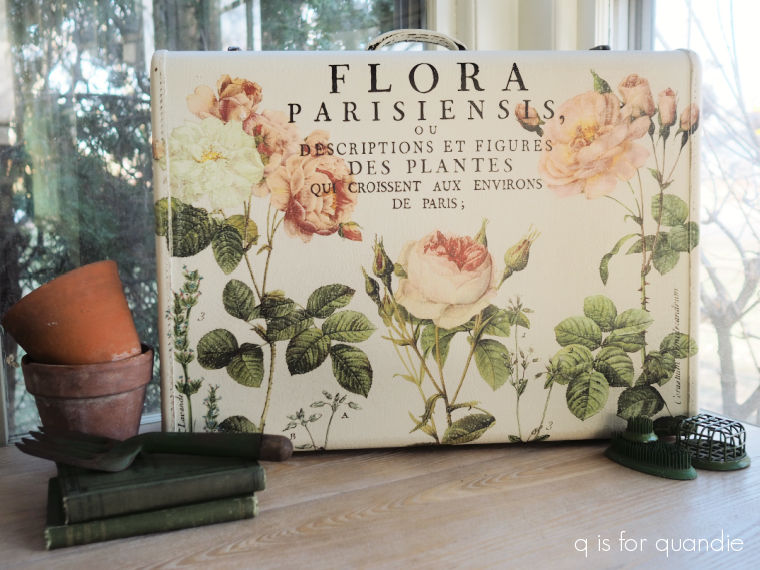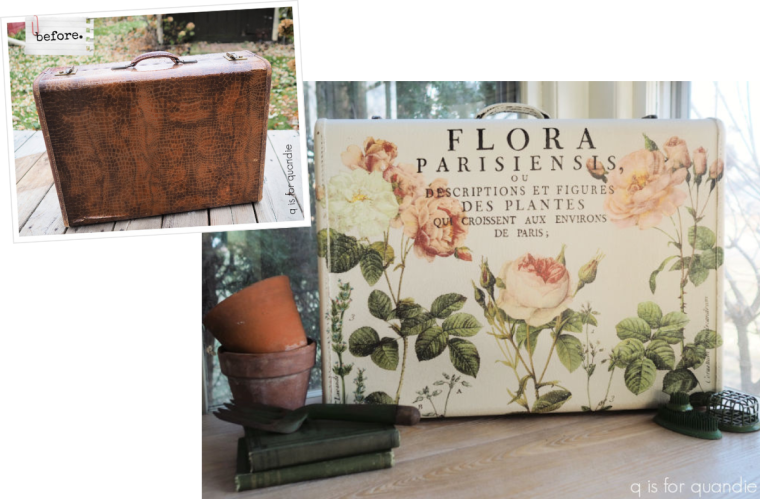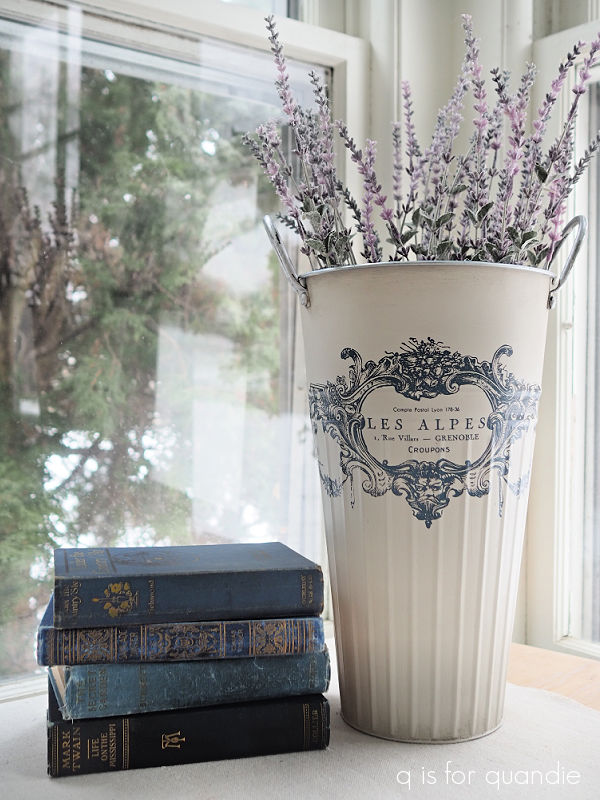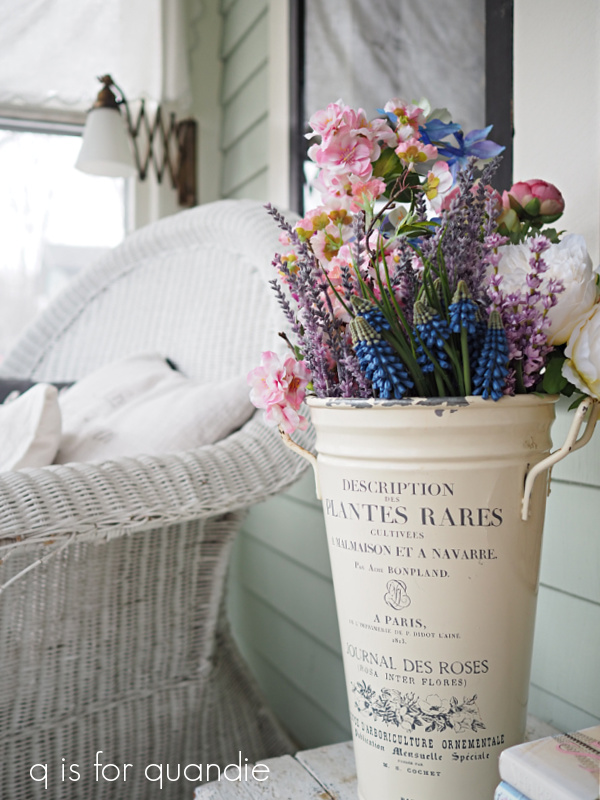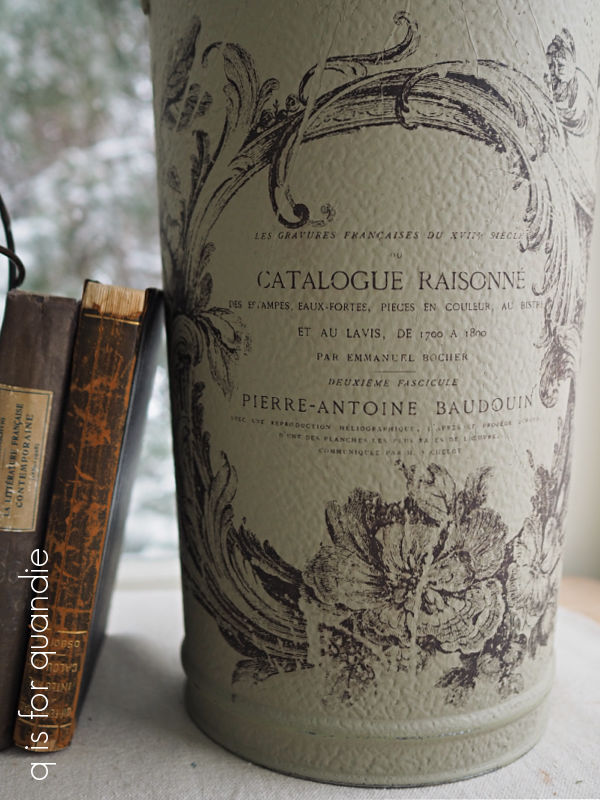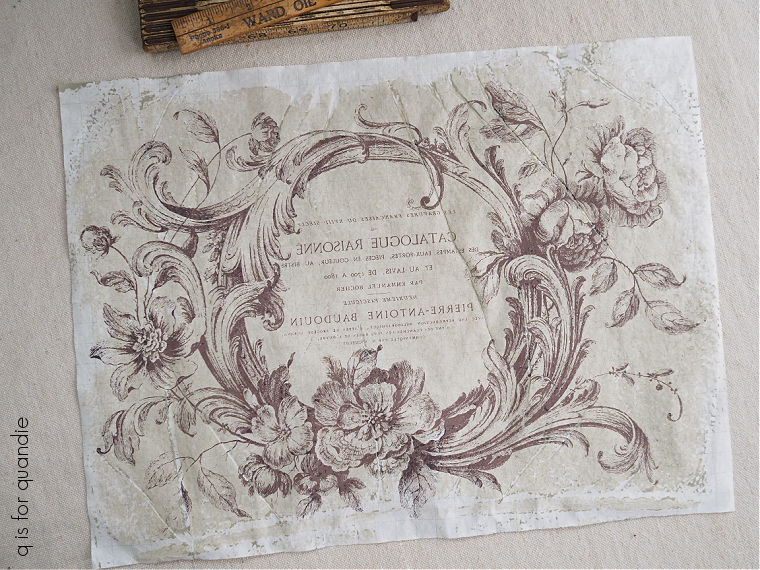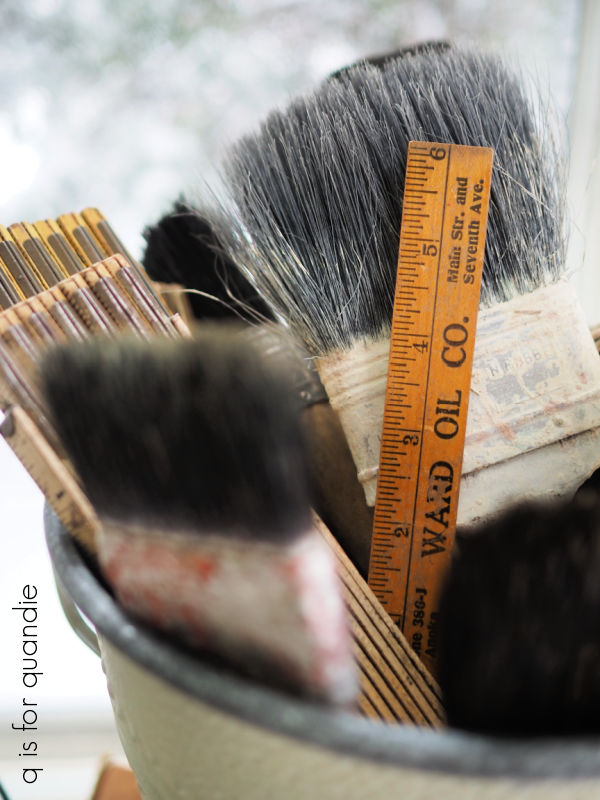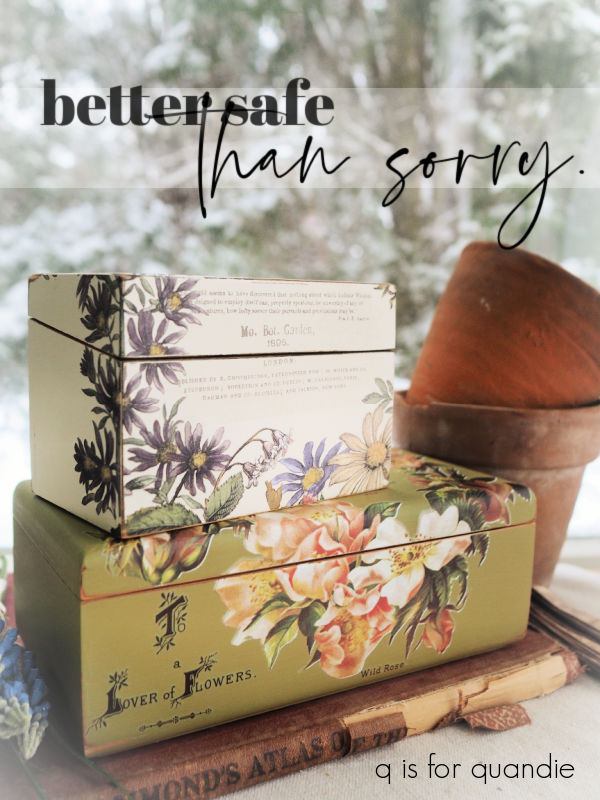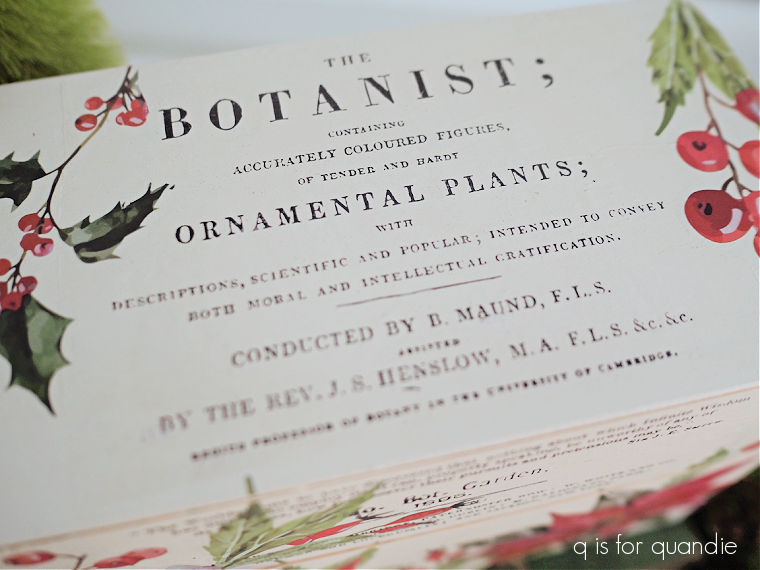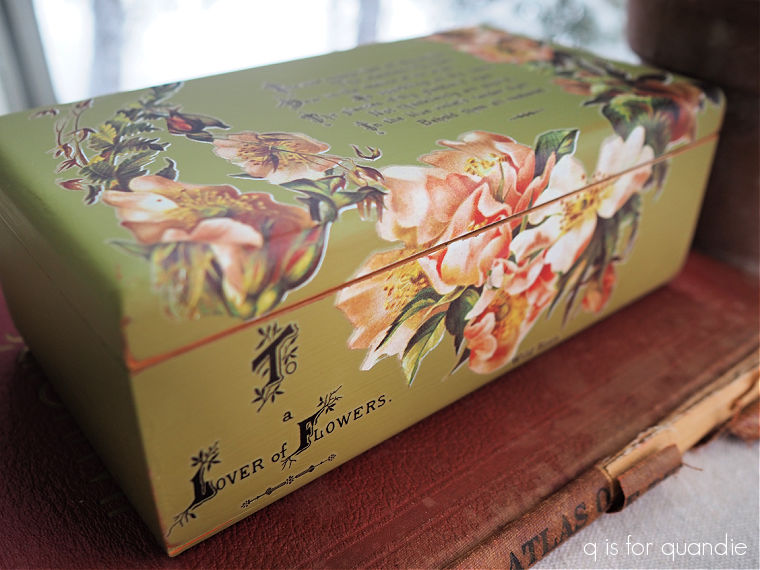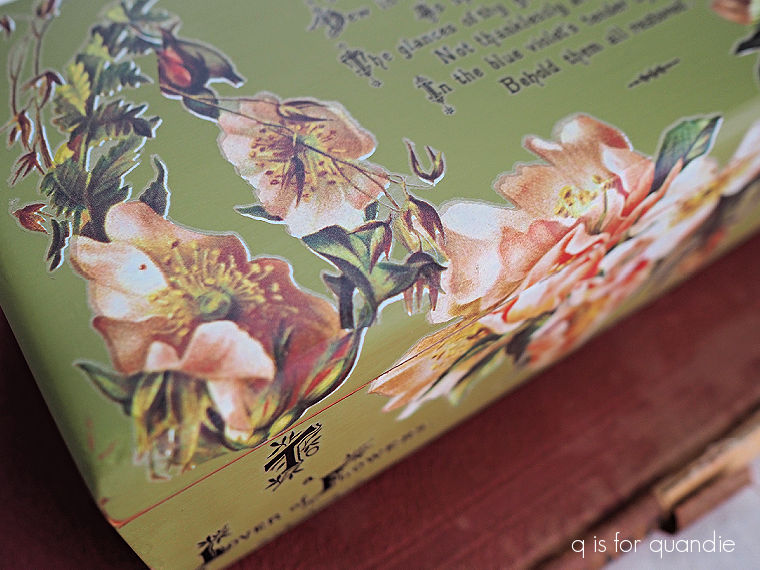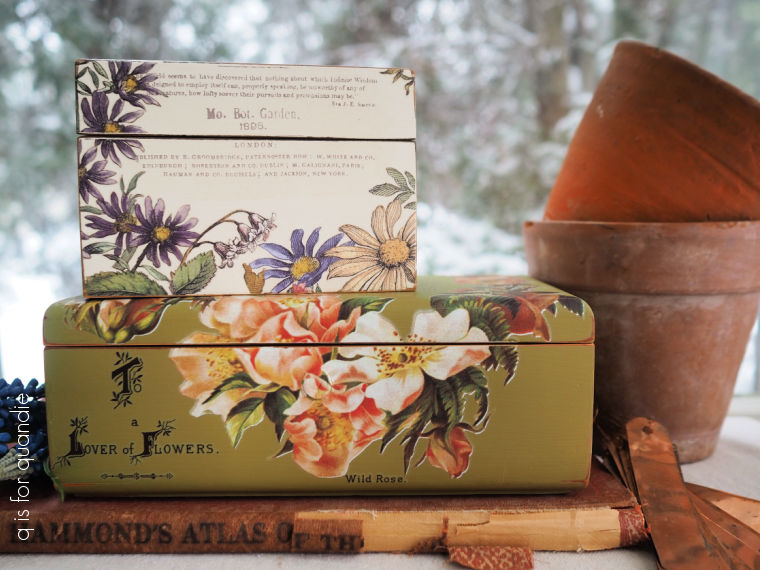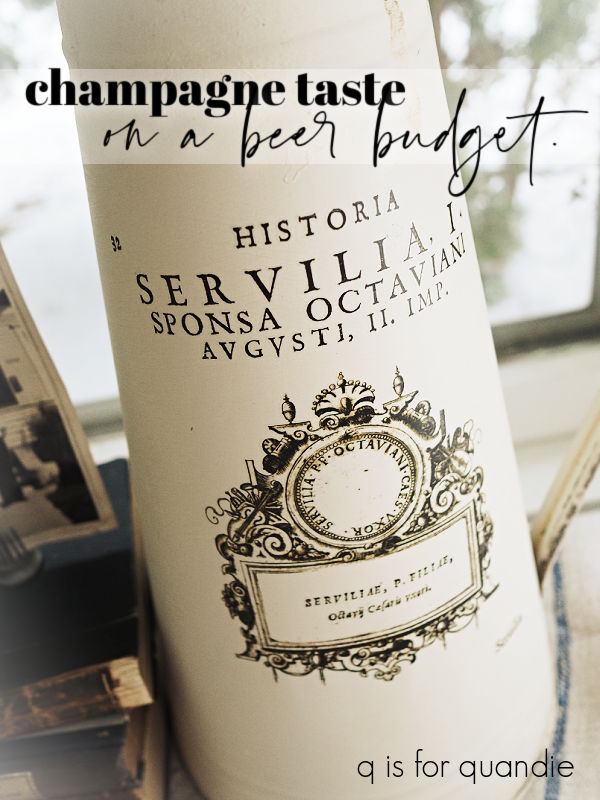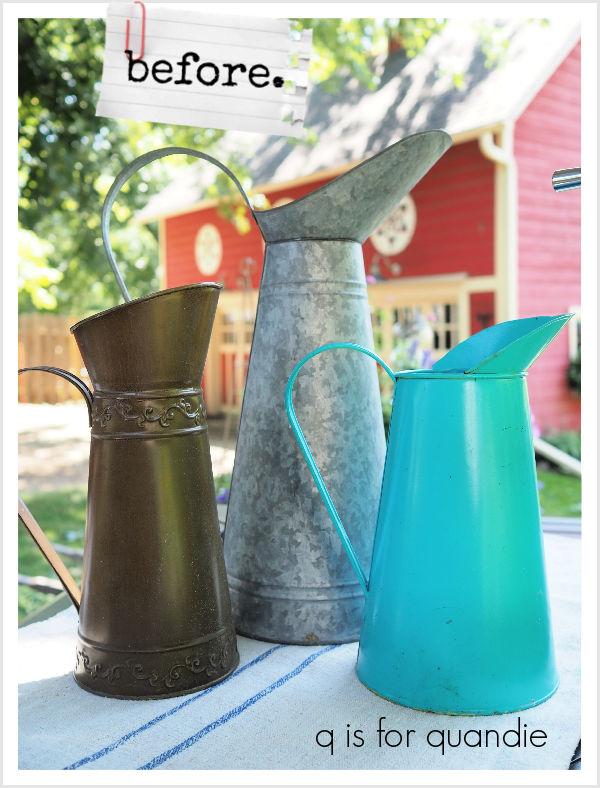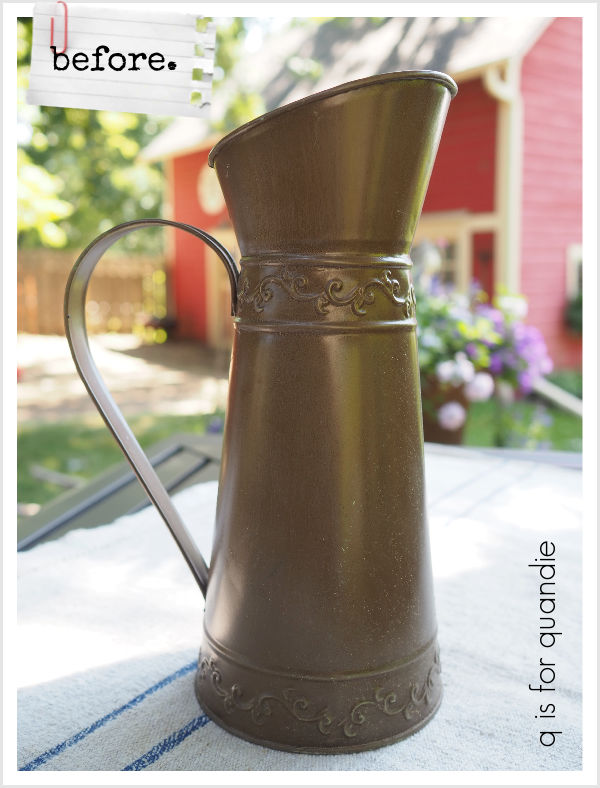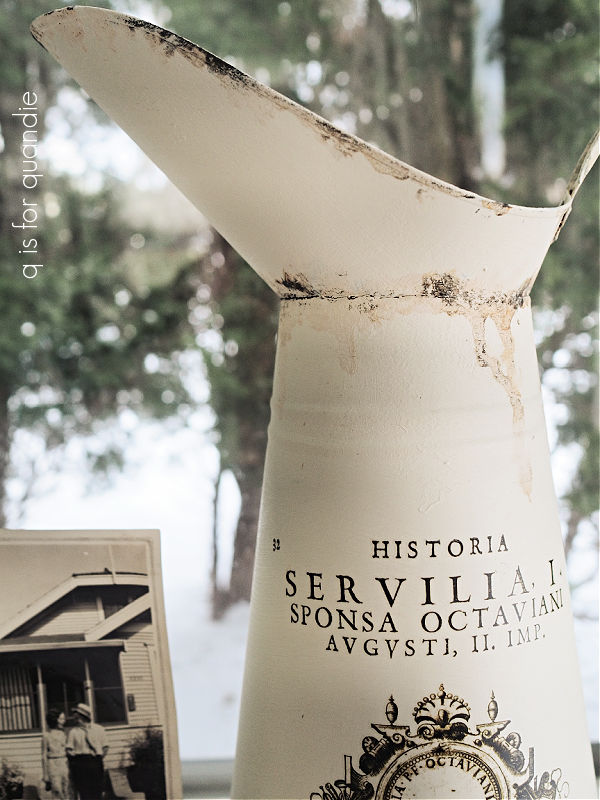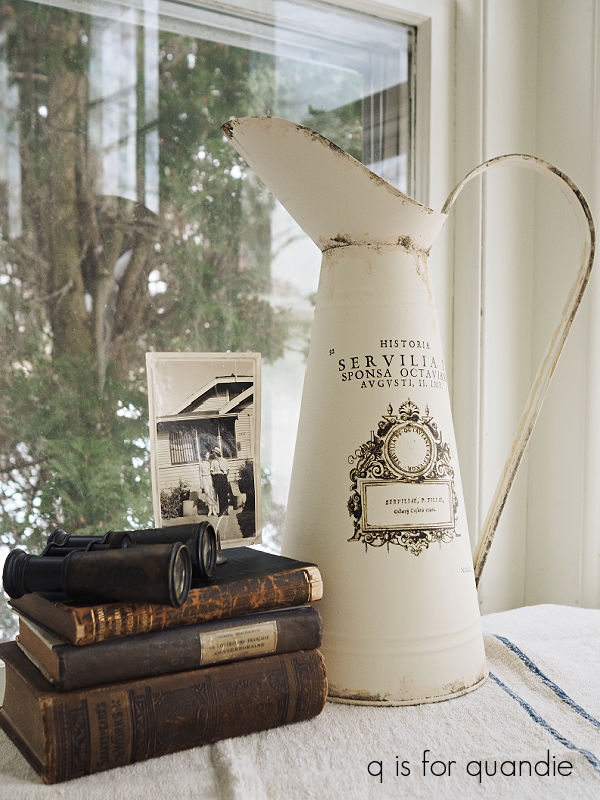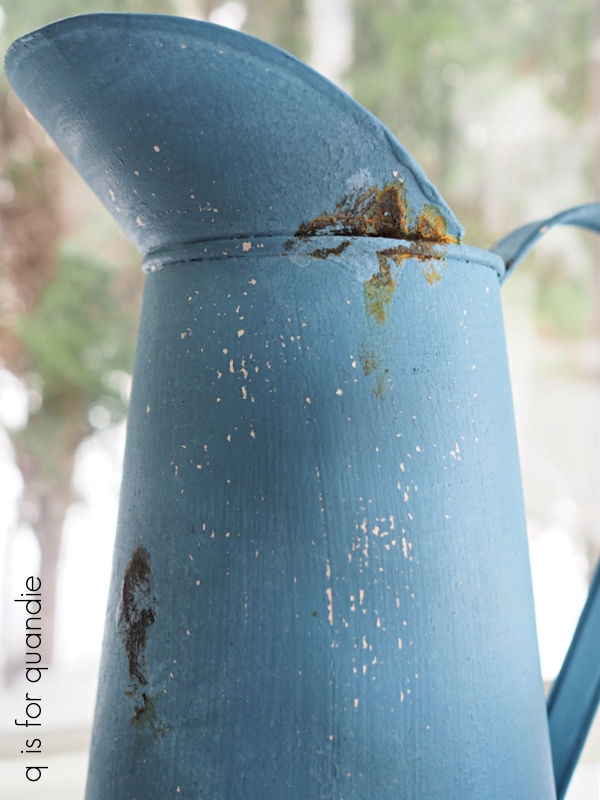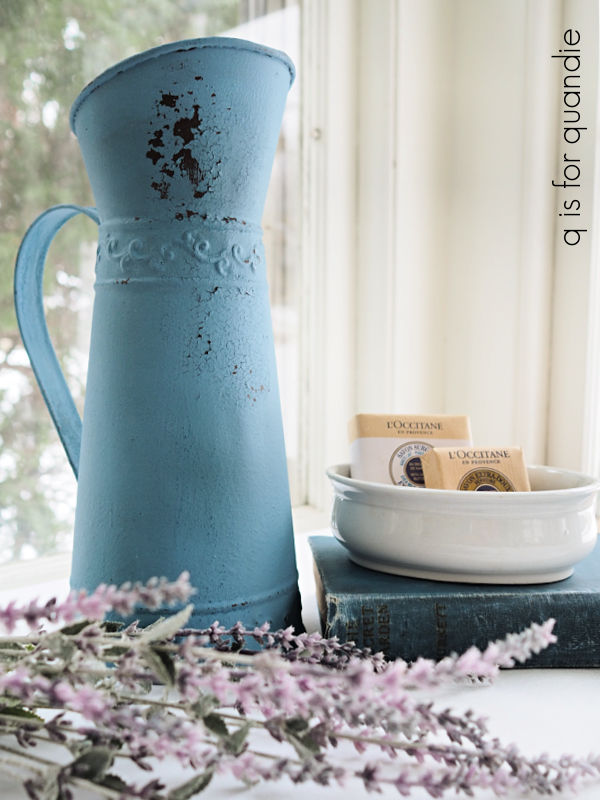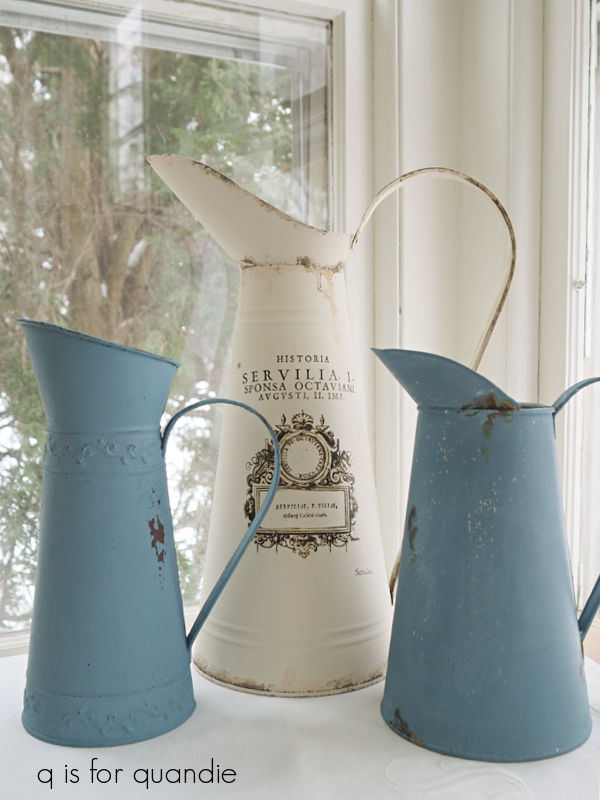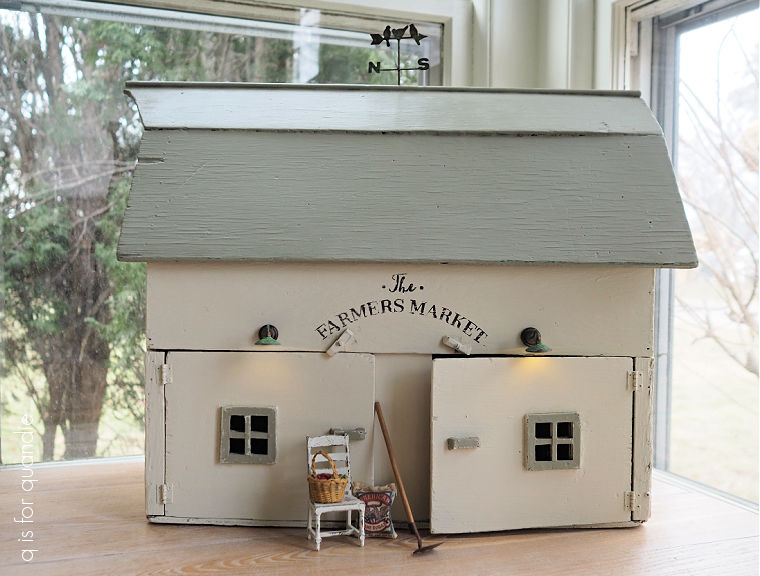Back in May of 2022, I purchased this watering can at a garage sale.

I called it my find of the day at the time because I was looking for a functional, yet vintage, watering can. Most of the vintage watering cans I have don’t hold water anymore and this one did. Plus it had that nice big spout. I mainly wanted to use it for fertilizing my annual pots with a water soluble fertilizer like Miracle Grow.
It did work quite well for all of gardening season 2022, but when I pulled it out last summer I found that it had sprung a leak. Drat!
Since it’s now suitable as decor only, I decided to go ahead and give it a makeover and then add it to the growing pile of stuff for my occasional sale. But that was just the beginning of the decision making process. Next I had to decide what treatment to give it.
As you probably know, I’ve painted quite a few watering cans in my day.
My all-time favorite painted watering can is this one …

But technically I didn’t paint it. It already had chippy white paint when I bought it, but I added the smaller version of the IOD Petit Rosier transfer to it. I’ve hung onto this one because I love it so much. I would have loved to do this same look on today’s watering can project, but I don’t have another of those transfers. Although it is a retired design, you can still find them online with prices ranging from $17 (plus shipping) to as high as $30 (with ‘free’ shipping), but I just didn’t think I could sell the watering can for enough to make that purchase worthwhile. Plus, I have so many other options on hand, I really need to use what I have first.
So I next considered adding a more simple transfer to the watering can, like this one …

That’s one of the Classic Vintage Labels from re.design with prima, and I do have one of them left in my stash.
That would have been lovely for sure, but then the watering can that I added the I.O.D. Rose Chintz paint inlay to caught my eye.

That’s another one that I’ve kept for myself. It lives in my pantry along with some of my other favorites.

I pulled out my Rose Chintz inlay to make sure I had enough left to do both sides of the watering can, and sure enough I did.
But that led me to another decision to make, what color to paint the can? I did consider Dixie Belle’s Sea Glass, which is the color on the watering can that I kept. But I wanted to do something different.
I’ve used the Rose Chintz paint inlay over a number of colors, naturally including Dixie Belle’s Drop Cloth.

I also loved it over Dixie Belle’s English Ivy.

It also worked well over their lighter green shade called Kudzu.

I even used it over their Cobalt Blue, which was lovely.

And I loved it over the Cottage Door color too …

But then I remembered the black toolbox that I used it on way back in October 2022.

Now that was gorgeous! It really pops over black.
So, black it is.
After giving the watering can a good cleaning, I gave it two coats of Dixie Belle’s Caviar. Then I applied the paint inlay into a fresh 3rd coat of paint (for full instructions on applying a paint inlay click here).

I absolutely love how the inlays have a distressed sort of look, they aren’t perfect … and they aren’t meant to be.

I’d be tempted to add this one to my own non-collection of watering cans, except I already have one with the Rose Chintz paint inlay on it. So this will be making its way into the pile of stuff for my upcoming sale.

What do you think? Would you have gone with black, or would you have chosen a different color? Leave a comment and let me know!



